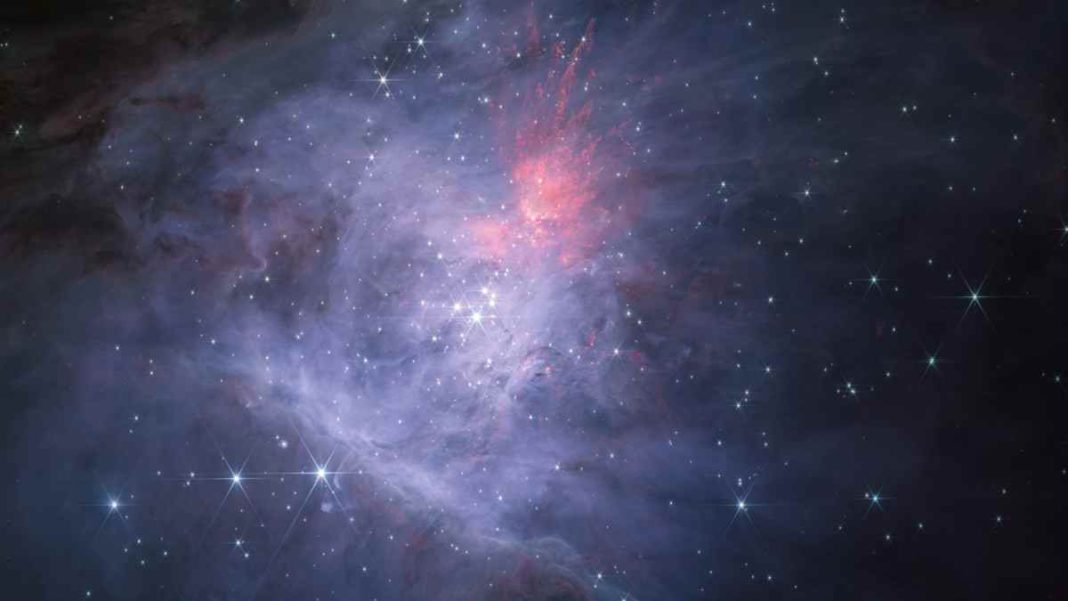FRANCE. Paris: The James Webb Space Telescope (JWST), humanity’s most powerful observatory, has spotted Jupiter-sized celestial entities floating freely in the vast expanse of space.
These enigmatic objects, affectionately dubbed “Jupiter Mass Binary Objects” or “JuMBOs,” have defied conventional definitions of stars and planets, leaving astronomers grappling with questions that challenge the very core of our understanding of the cosmos.
Approximately 40 pairs of these remarkable JuMBOs were identified during a comprehensive survey of the Orion Nebula, a star-forming region in our Milky Way galaxy.
The JWST, launched in 2021 and operational since 2022, has already redefined our comprehension of the universe with its unprecedented capabilities.
Measuring up to the size of Jupiter, these celestial entities are too massive to be classified as stars, yet they are not tethered to any parent star, perplexing astronomers worldwide.
Dr Ed Bloomer, an astronomer at the Royal Observatory Greenwich, expressed the scientific community’s amazement, stating, “Potentially, we’re looking at something very different from what anyone has seen before.”
The European Space Agency (ESA) has put forth two leading theories to explain the origin of these JuMBOs, both of which challenge existing paradigms:
1. Insufficient Nebular Material: According to the first theory, these enigmatic objects may have originated in nebula regions where material density was insufficient to facilitate the formation of conventional stars. This tantalizing possibility hints at a celestial category transcending our current definitions of stars and planets.
2. Gravitational Interactions: The second hypothesis proposes that these JuMBOs could have initially formed around stars as planets but were expelled from their host systems due to gravitational interactions.
While it is known that single planets can be ejected from star systems, the mystery deepens when considering how pairs of JuMBOs could be expelled together.
The gravitational ejection theory holds sway among astronomers, but it poses significant questions regarding the simultaneous expulsion of pairs of these massive objects.
The discovery of JuMBOs in the Orion Nebula raises profound questions about our current planetary formation and evolution models. It suggests that facets of the cosmos may remain undiscovered or inadequately understood.
The James Webb Space Telescope’s remarkable capabilities, which are approximately 100 times more potent than its predecessor, the Hubble telescope, continue to revolutionize our understanding of the universe.
Since its activation, the JWST has unveiled the earliest-known galaxies, offered glimpses into the enigmatic world of black holes, and provided a trove of unprecedented astronomical data.
As astronomers grapple with the riddle of the JuMBOs, the scientific community eagerly awaits further observations and research that may shed light on these mysterious celestial entities and, in doing so, expand our knowledge of the cosmos itself.
Also Read: NASA’s James Webb Space Telescope Detects Water Vapor in Planetary System PDS 70



